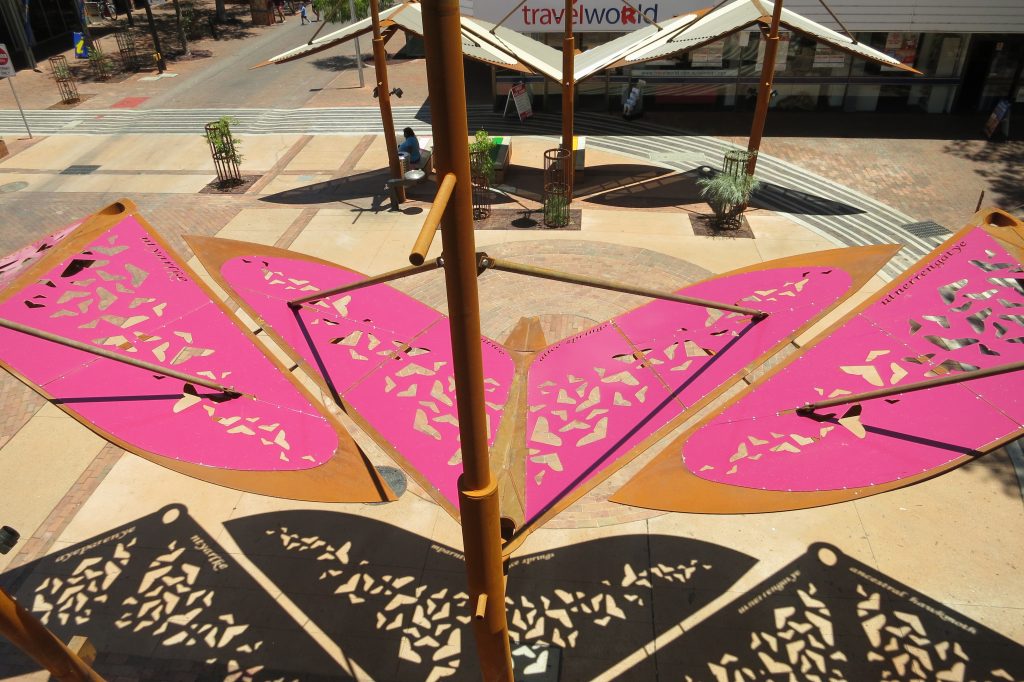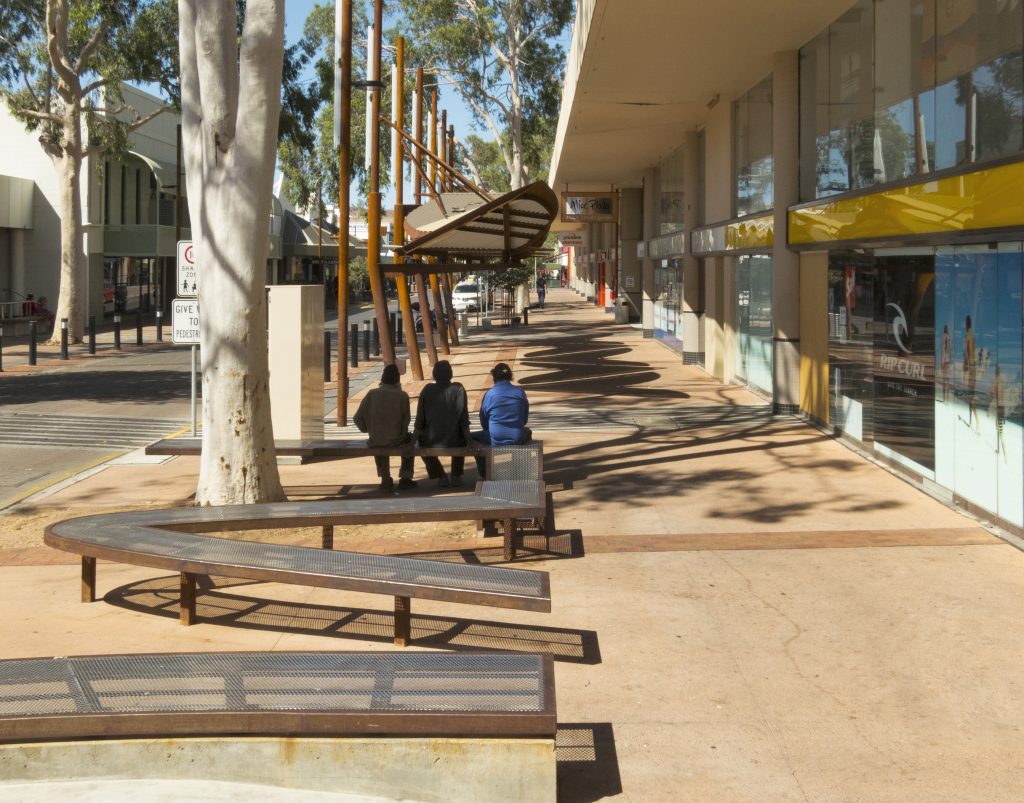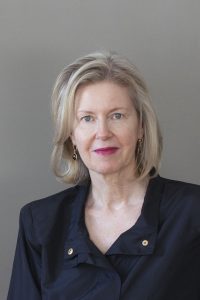Mar 2017
The review of Institute policies is continuing, as we work through the list that needs updating. We will continue to consult with members to identify the most important issues and the best strategy to communicate our messages to governments and the public. New policies can be developed at the instigation of the chapters, national committees and National Council and will go through a similar review process.
Since our last update, we have also advocated at a state and territory level on a number of issues:
Heritage
The South Australian Chapter has provided a submission to the Department of Planning, Transport and Infrastructure on the department’s Local Heritage Discussion Paper. The Chapter has welcomed the review of the local heritage system, suggesting that it should identify and build on positive aspects of the existing system. The chapter has also called for adequate resourcing to deliver positive outcomes and has called for further consultation prior to the creation of new planning policies and/or new legislation.
30 Year Plan for Greater Adelaide
The SA Chapter has welcomed the release of the 2016 update of the 30 Year Plan for Greater Adelaide in a submission to the Department of Planning, Transport and Infrastructure. The chapter has offered broad support for the document but has recommended a number of proposals to strengthen the plan, in particular, linking it with other areas of policy within government, such as health. The submission focuses on key targets of design quality, smarter travel and housing mix and affordability although it points out that this feedback relates to other targets within the plan as well, and reiterates the chapter’s support for architects and other built environment design professionals to be an integral part of the planning process at the outset.
Building Health and Safety
The SA Chapter has also provided a submission on the draft Minister’s Code for Upgrading the Health and Safety of Existing Buildings. The chapter has supported the review as an opportunity to address aspects of the current system that are ineffective or poorly understood, along with issues of compliance. However, the chapter has argued that, in its present form, the document does not constitute a significant change from the existing situation and does not provide certainty for a development or the construction industry. It has recommended a number of changes, including a well-formed and clear set of parameters in the code based on the level of risk.
Conservation management
The Queensland Chapter has made a submission to Arts Queensland on the draft Conservation Management Plan (CMP) for the Brisbane Cultural Centre Precinct. While the chapter has described the CMP as a critical first step, it has not supported the CMP in its current form. The chapter has offered a detailed submission, dealing with the technical issues and structure of the CMP and has offered to assist in the refinement of the CMP through further consultation. It has also expressed concern about the way in which the CMP will be administered, saying it lacks a proper governance model and requesting reconsideration of this aspect to ensure the future protection of culturally significant buildings and spaces in the Cultural Precinct.
Queensland Building Plan discussion paper
The Queensland Government has released a Building Plan Discussion Paper to guide changes to policy and legislation in the state’s construction industry. The Queensland Chapter has provided a submission, offering a number of recommendations, particularly in relation to the proposed adoption of the Project Bank Account (PBA) system for large government building projects in 2018. The chapter has recommended that the State Government conduct an independent analysis of the PBA system, to be undertaken by members of the Institute, Engineers Australia and Master Builders Queensland, before it is extended to the private sector in 2019. The chapter has also offered ongoing consultation as the policy and legislation is developed.
NT Planning Scheme Amendment
The Northern Territory Chapter made a submission last year to the Planning Commission regarding a proposed amendment to the NT Planning Scheme to accommodate the planned $300 million Berrimah Farm (Northcrest) redevelopment. The government has adopted at least one of the changes requested in the chapter’s submission – the relocation of the proposed school from land adjacent to a General Industry Zone to the north-east corner of the development, adjacent to organised recreation and community purpose land. The amendment also includes a clause (2) relating to Community Purpose land which interfaces with either Light or General Industry zoned land, which had also been addressed in the NT chapter’s submission.
Procurement
The ACT Chapter has established an ongoing dialogue with the Territory government, specifically with the Procurement and Capital Works directorate. This resulted in another industry forum held in December following a joint industry submission to the Minister, specifically on the chapter’s concerns about the interactive tendering process being implemented in the ACT. The submission and forum, led by the Institute, was supported by Engineers Australia, MBA, AIB, and AILA.
Local Industry Participation plan
The ACT Chapter also hosted a forum for members to explain the newly introduced Local Industry Participation Plan, which is intended to ensure that local practices are considered and given weight in the tendering process for government projects.
Planning
The ACT Chapter President and Planning Committee members have met with the Greens Member of the Legislative Assembly, Caroline Le Courteur about planning and affordable housing issues, as well as holding talks with the Opposition spokesperson on planning Nicole Lawder on planning issues in the ACT. Discussions have included design quality outcomes on former Mr Fluffy sites.






 Queensland architect Catherine Baudet has tonight been awarded the inaugural Paula Whitman Leadership in Gender Equity Prize for her outstanding support for women in the architectural profession spanning more than 30 years.
Queensland architect Catherine Baudet has tonight been awarded the inaugural Paula Whitman Leadership in Gender Equity Prize for her outstanding support for women in the architectural profession spanning more than 30 years.